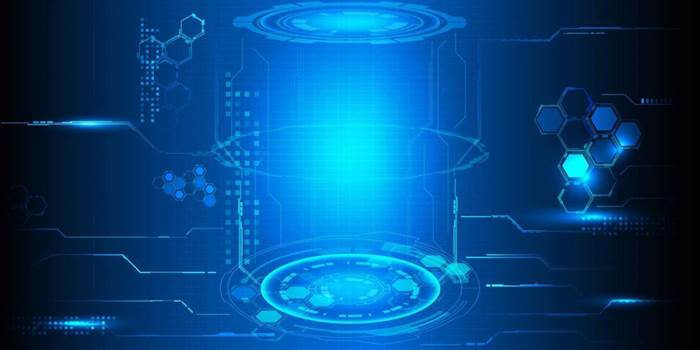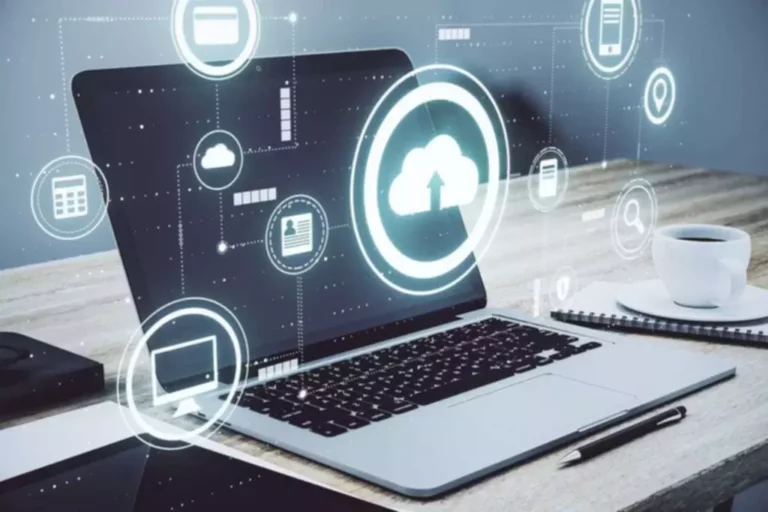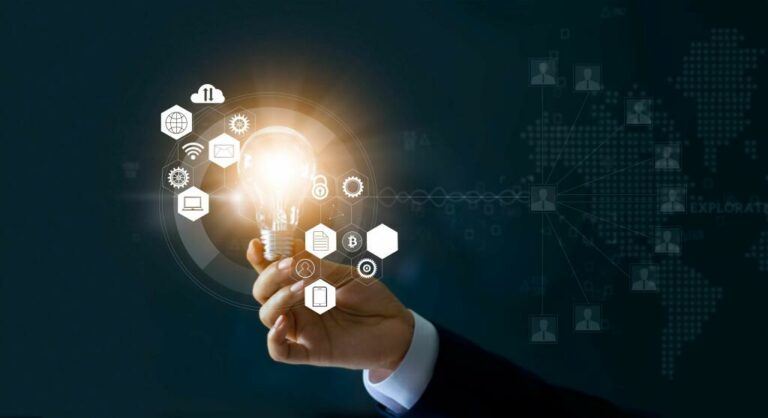What Is The Difference Between Fog And Clouds? All About Climate
Moreover, there is no want to maintain native servers and fear about downtimes — the seller helps everything for you, saving you cash. Despite its seemingly ubiquitous nature, The Cloud has its shortcomings. Conservative estimates put the variety of connected IoT gadgets at fifty five billion by the year 2025.

Edge, fog, and cloud are crucial computing frameworks that may empower companies to thrive in today’s superior technological ecosystem. The centralized nature of a cloud system results in excessive latency, while fog methods experience cloud vs fog low latency because of their decentralized nature. Fog and cloud are a variety of the two strategies which have turn into all too frequent.
Benefits Of Fog Computing
Cloud computing is designed for massive scalability by adding more servers and sources to the centralized information centers. Scaling is achieved vertically by increasing the sources inside an information center. Cloud computing permits users to easily scale up or down primarily based on demand. Fog computing relies on a distributed architecture with numerous edge devices and fog nodes. Scalability is achieved by adding extra edge devices and fog nodes to the network.
- This is especially necessary for purposes that require real-time data processing, corresponding to industrial IoT and autonomous automobiles.
- Cloud systems play a key position in analyzing video streams and making certain safety.
- Fog computing is a distributed computing mannequin that is designed to enhance edge computing.
- It includes several edge nodes that help you with a direct connection with any bodily hardware.
- We’ve already obtained used to the technical term cloud, which is a community of multiple gadgets, computers and servers related to one another over the Internet.
The next technology of geostationary and polar satellites, the GOES-R collection and JPSS, will have the ability to produce a much more detailed and correct picture, like the image on the proper. It makes use of much less variety of hops for transferring knowledge from its source to its destination. According to Statista, by 2020, there might be 30 billion IoT devices worldwide, and by 2025 this number will exceed 75 billion connected issues.
For data processing and storage, it is decided by remote servers. Although these tools are resource-constrained compared to cloud servers, the geological unfold and decentralized nature help provide reliable providers with coverage over a large space. Fog is the bodily location of computing devices https://www.globalcloudteam.com/ much closer to users than cloud servers. Remote information facilities are the hubs of knowledge processing in cloud computing. For fog, processing and storage occur at the network’s edge, nearer to the information supply, enhancing real-time control.
It includes several edge nodes that assist you with a direct reference to any bodily hardware. Companies should evaluate cloud vs. fog computing to take benefit of the emerging opportunities and harness the true potential of the applied sciences. “Fog Computing,” like its namesake is murky, obscure, even mysterious, and within the context of edge computing – not very clearly understood. Fog computing is designed to work with a broad range of gadgets, together with sensors, cameras, and different IoT gadgets.
Fog can even embody cloudlets — small-scale and somewhat powerful knowledge facilities situated at the edge of the network. Their objective is to support resource-intensive IoT apps that require low latency. Both can present redundancy by distributing compute assets. This helps to guarantee that knowledge processing and evaluation can continue even when some gadgets or servers fail. Fog computing and edge computing have several benefits over traditional cloud computing, significantly in terms of processing data in real-time.
Advantages Of Cloud Computing
New requirements of the rising applied sciences are the driving force behind IT growth. The Internet of Things is a continually rising industry that requires extra efficient methods to handle knowledge transmission and processing. If you assume that the fog and edge are phrases of distinction with no difference, you’d be mostly right – which additionally means you’d be partially wrong. In advocating one expertise over the other, supporters level to a narrow set of variations.

Client-based fog computing is right for applications that require real-time processing, such as autonomous automobiles and industrial IoT. Edge computing is a computing architecture that goals to bring computing nearer to the source of information. It relies on the thought of processing data at the fringe of the network, versus in the cloud or in a centralized data heart. There is a growing need for quick, reliable, and efficient computing methods.
Cloud Computing
Here, we coated the fundamentals of fog computing and cloud computing; and the way these two may be implemented in IoT. Cars can transmit highway condition information through fog computing to share instantly with close by drivers about potential hazards. The good thing for the users is fog and cloud computing can complement each other. By mixing these two options, you’ll have the ability to create new communication and experiences. Cloud computing offers you the efficiency needed for modern-day functions.

It regulates which data should be despatched to the server and which could be processed locally. In this manner, fog is an intelligent gateway that offloads clouds enabling more efficient information storage, processing and analysis. In many respects, fog and edge computing are, in fact, complimentary. In these cases, fog buildings will merely act as extensions of strategically located edge knowledge facilities. Cloud computing presents internet-hosted providers to customers based on their calls for. Using it, one can entry info regardless of geographic location.
Pros Of Fog Computing
The demand for info is increasing the general networking channels. And to cope with this, companies like fog computing and cloud computing are used to rapidly manage and disseminate data to the tip of the users. Integrating the Internet of Things with the Cloud is an inexpensive way to do business. Off-premises companies provide the scalability and flexibility wanted to manage and analyze knowledge collected by connected devices.

Now, all of the distinguished cloud service suppliers offer you a high stage of safety. Choosing cloud computing means reducing hardware vitality consumption. It is an efficient way to reduce carbon footprint and depart a optimistic impression. Team and consumer collaboration are other advantages of cloud-based solutions. This function is highly useful for firms with a hybrid or distant staff. This article aims to check Fog vs. Cloud and inform you more about Fog vs. cloud computing possibilities and their professionals and cons.
Edge Computing Vs Cloud Computing – What Is The Difference?
It offers vast computing resources and scalable storage in centralized information facilities, permitting for batch processing, complex analytics, and storage of huge quantities of information. This type of fog computing relies on the computing energy of servers situated in the fog layer to course of and analyze data. Server-based fog computing is ideal for applications that require extra computing power than edge gadgets can present. On the opposite hand, fog computing extends cloud computing and providers to the edge of an enterprise’s community, enabling real-time data evaluation and decision-making. Besides, edge computing takes this performance a notch greater. It processes data directly on devices on the supply, guaranteeing excessive operational pace and efficiency.
While fog units are resource-constrained compared to cloud servers, their decentralized nature and geological spread improve service reliability, overlaying huge areas. In essence, fog computing is a physical location of computing units much nearer than cloud servers. So, it’s not straightforward to manipulate useful information in comparison with cloud computing with centralized information processing. Fog computing, also referred to as fog networking, is a dispersed computing system where information is conceptually kept in a location between the info source and the cloud. As in comparison with cloud computing, fog computing has many benefits. The current tendencies have altered, and all companies are demonstrating an interest in know-how innovation.
Most people don’t perceive the distinction between fog computing vs. cloud computing. Cloud computing is the on-demand provision of computer processing energy, knowledge storage, and applications obtainable over the internet. Fog computing is a mediator between hardware and distant servers.
They are intended to support resource-intensive IoT apps that require low latency. Such nodes are typically much closer to gadgets than centralized knowledge centers so that they can provide immediate connections. As the demand for info will increase, extra networking channels will emerge. The fog computing vs. cloud computing battle will proceed as companies seek to manage and disseminate knowledge more shortly and sustainably. Fog computing is a more decentralized type of cloud computing whereby the computing expertise is between a cloud and a data supply or one other data heart.
Recent Comments